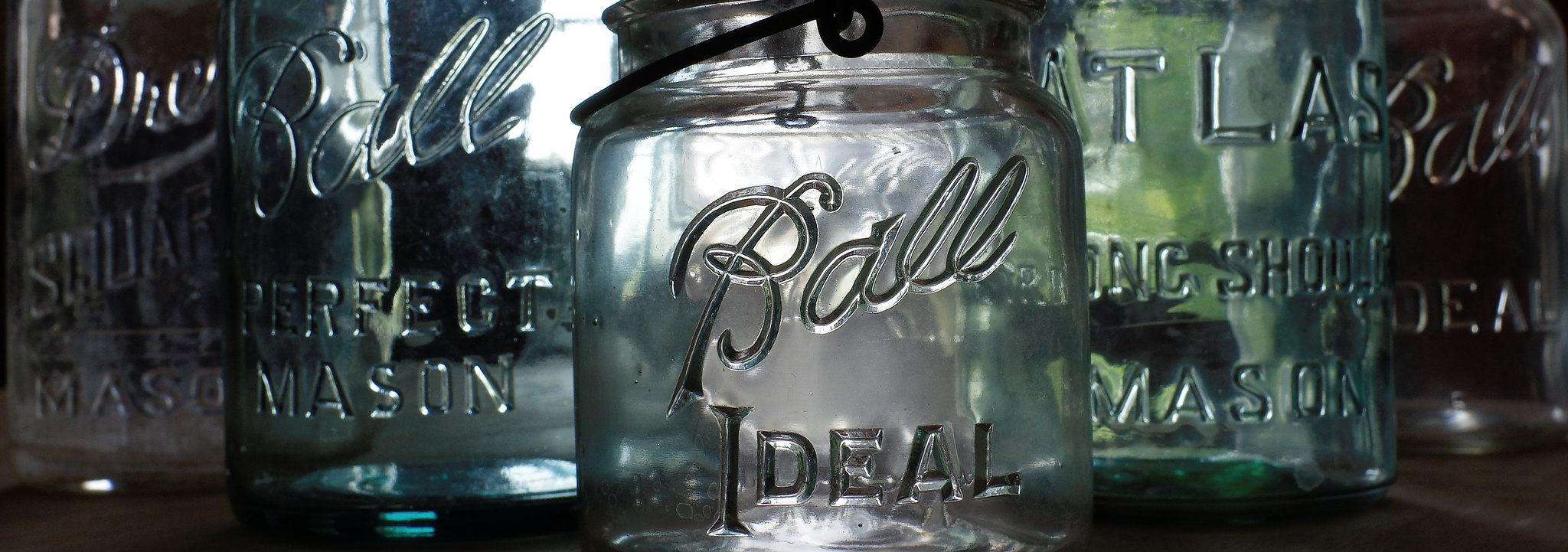Excerpt:
Inside the effort to standardize the design of returnable containers.
For several months last year, patrons of a Seattle coffee shop called Tailwind Cafe had the option of ordering their Americanos and lattes in returnable metal to-go cups. Customers could simply borrow a cup from Tailwind, go on their way, and then at some point — perhaps a few hours later, perhaps on another day that week — return the cup to the shop, which would clean it and refill it for the next person. If it wasn’t returned within 14 days, the customer would be charged a $15 deposit, though even that was ultimately refundable if the cup was returned by the end of 45 days.
Tailwind’s head chef, Kayla Tekautz, said her cafe started the program out of a desire to address the environmental scourge of disposable plastic foodware and other packaging, the vast majority of which cannot be recycled. It was a partnership with a reusable packaging and logistics company called Reusables.com, which provided Tailwind and another Seattle area store, Cloud City Coffee, with branded cups and a QR code-operated drop-off receptacle.
But the cafe quickly ran into trouble. It was “overwhelming” to explain the return system to every interested customer, Tekautz said. Many were hesitant to participate after learning that they could only return the cups to Tailwind or the other drop-off location, 6 miles away. Plus, Tailwind’s QR code reader kept malfunctioning, requiring repeated visits from a mechanic. At the end of last summer, Tailwind quietly ended the return program. “It just didn’t work,” Tekautz said…
Every year, the world produces about 400 million metric tons of plastic — almost entirely out of fossil fuels like oil and gas. Some of this is used in essential products like contact lenses and medical equipment, but a much greater fraction goes toward sporks, cups, bags, takeout containers, and other items that get thrown away after just a few minutes of use. Most of this plastic will never be recycled due to technical and economic restraints; more than 90 percent of all plastics get sent to a landfill or incinerator, or turn up as litter in the environment, where they degrade into microplastics and leach hazardous chemicals. Plastics manufacturing causes additional harms, including air pollution that disproportionately affects low-income communities and communities of color living nearby.
For all of these reasons, public pressure to cut back on single-use plastics has escalated dramatically in recent years. Many companies have responded by launching trials and pilot programs allowing customers to borrow and return reusable cups, bottles, trays, jars, and other containers. These include small players like Ozzi, as well as behemoth brands like Walmart and Coca-Cola. There have been “more trials than Donald Trump,” said Stuart Chidley, co-founder of a reusable packaging company called Reposit.
As in Seattle, however, their efforts have been siloed, making it hard for the reuse sector to grow. According to a recent report from the Ellen MacArthur Foundation, or EMF — a nonprofit that advocates for a “circular economy” that conserves resources — even companies that have pledged to dramatically scale down their use of plastics have only replaced 2 percent or less of their single-use containers with reusables.
“To realize the full benefits of return systems, a fundamentally new approach is required,” the authors concluded…









